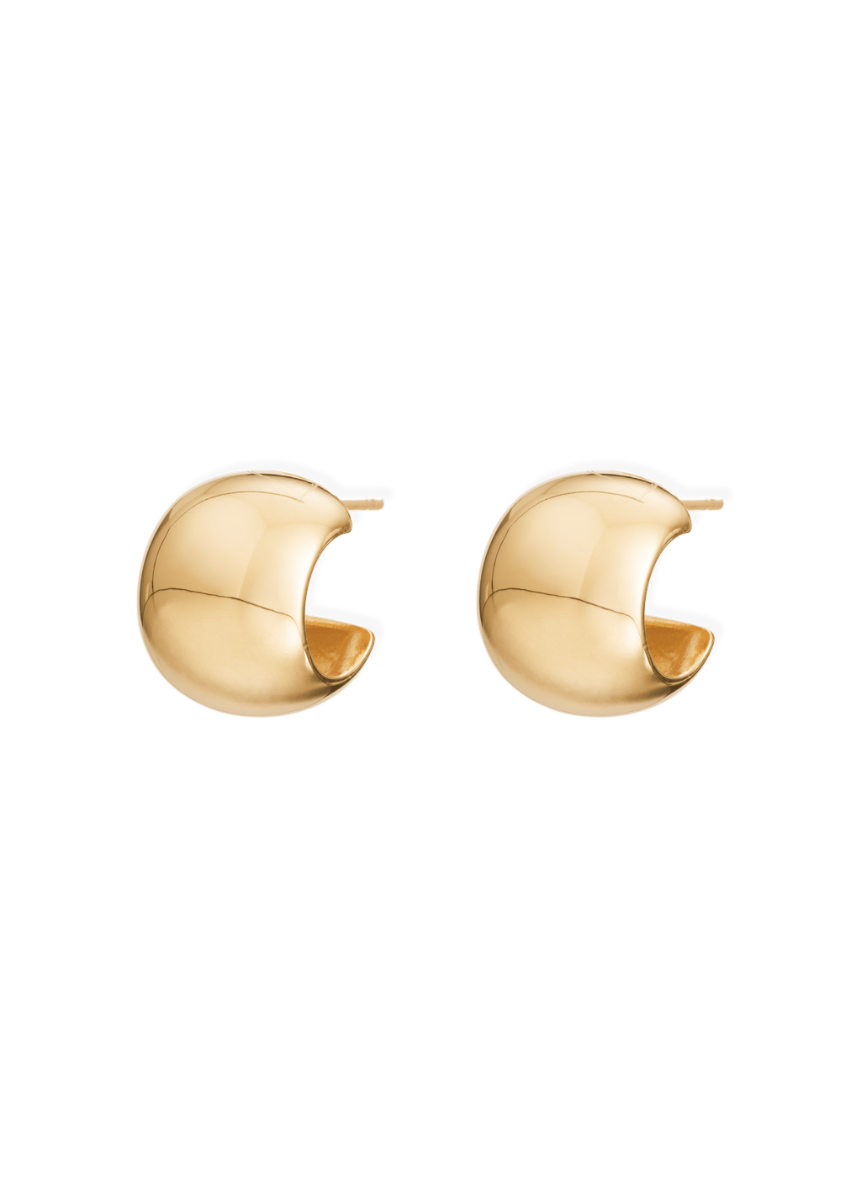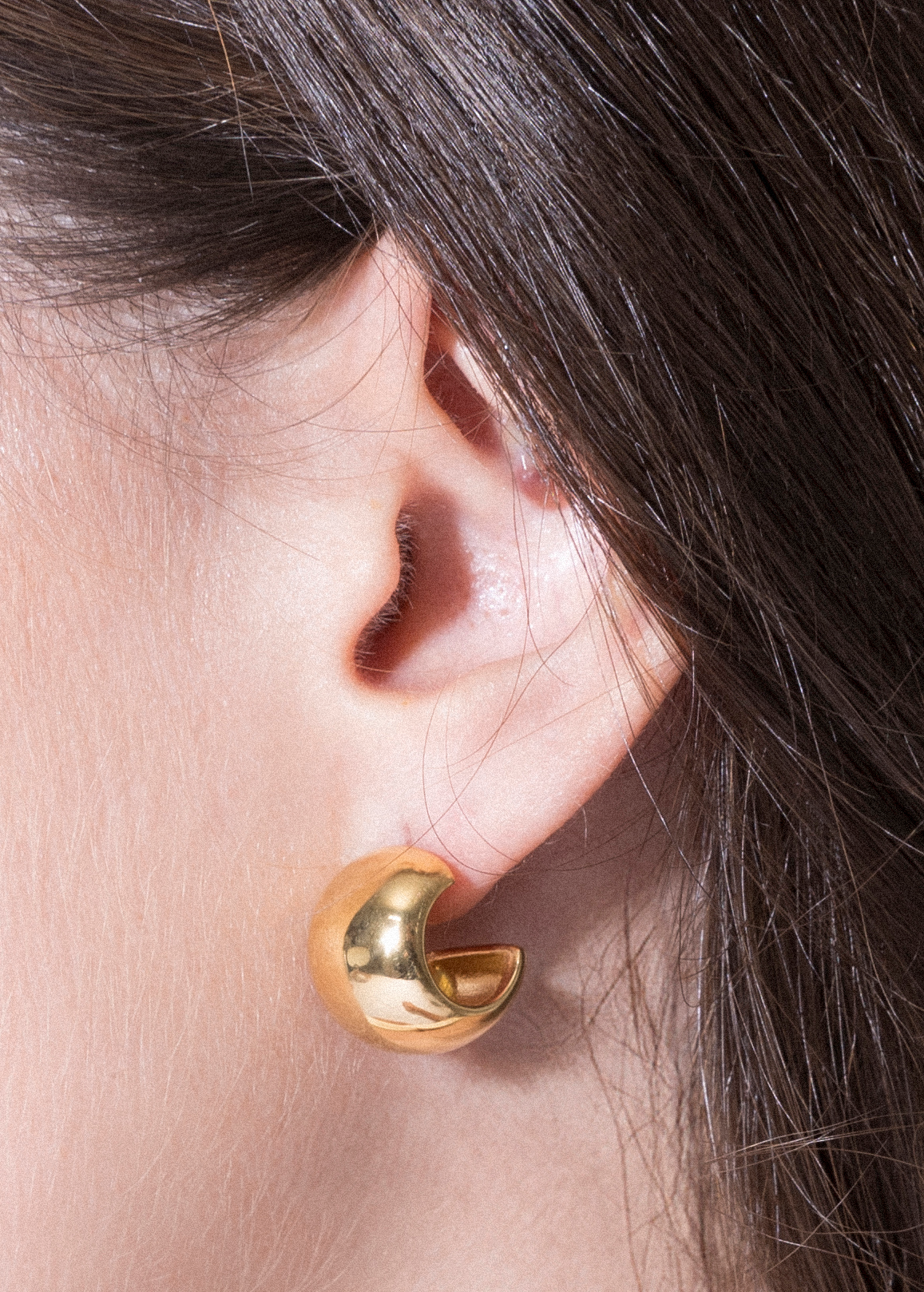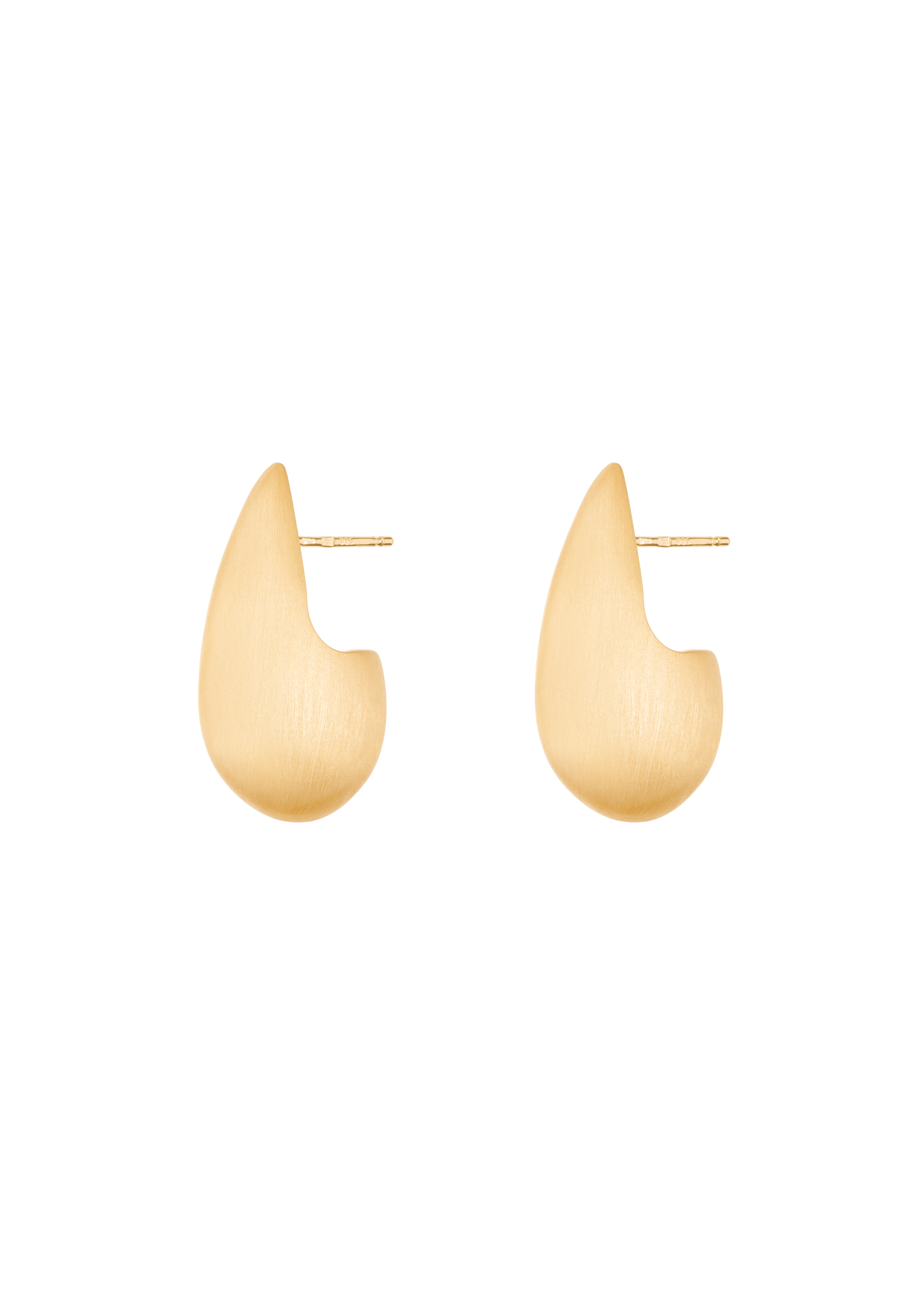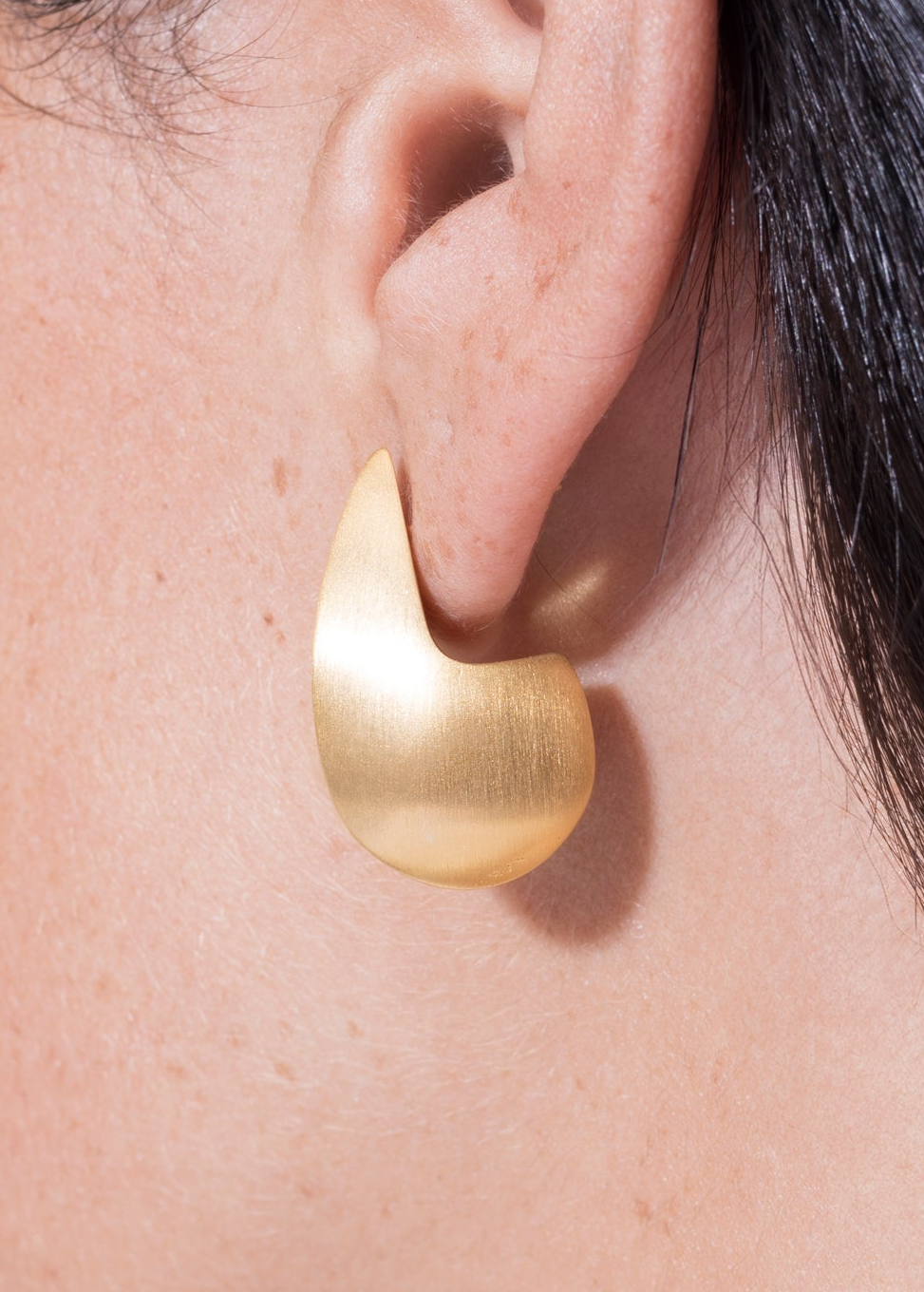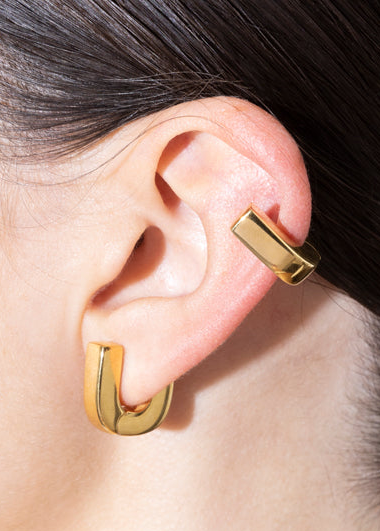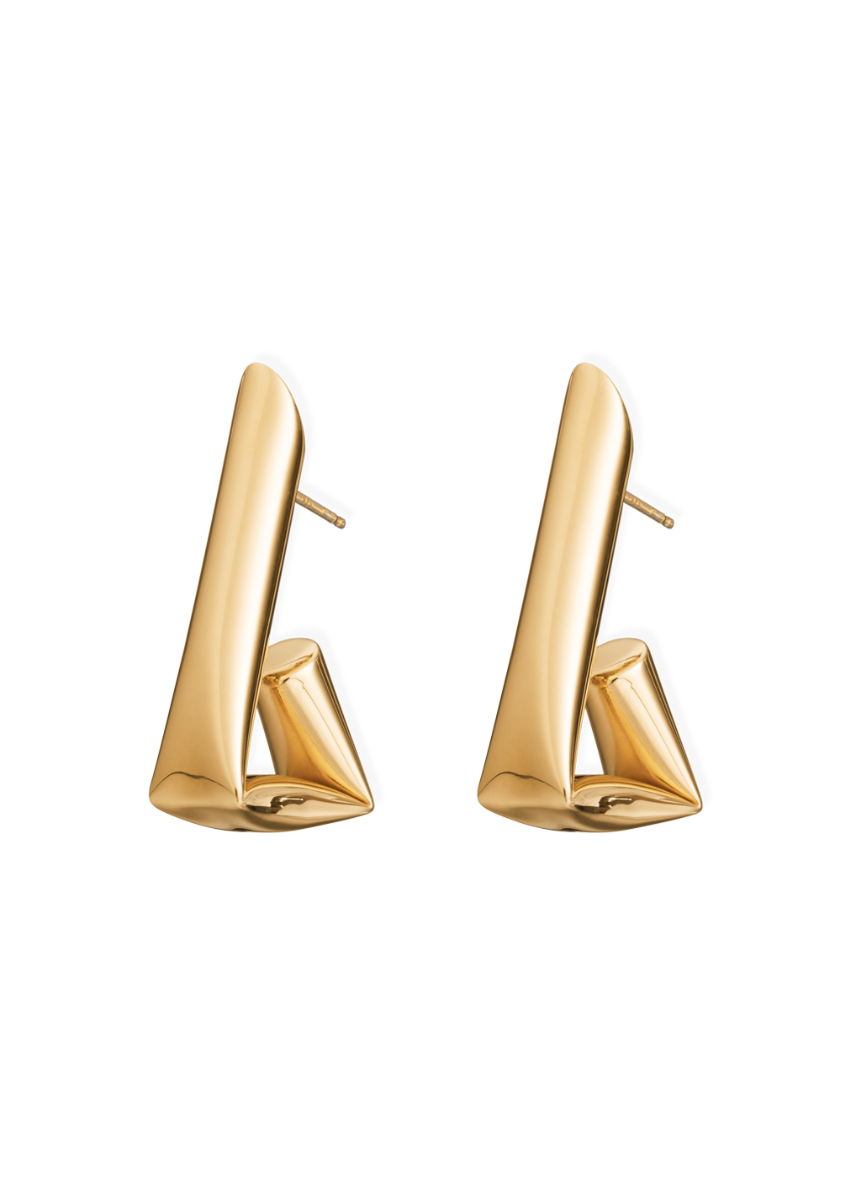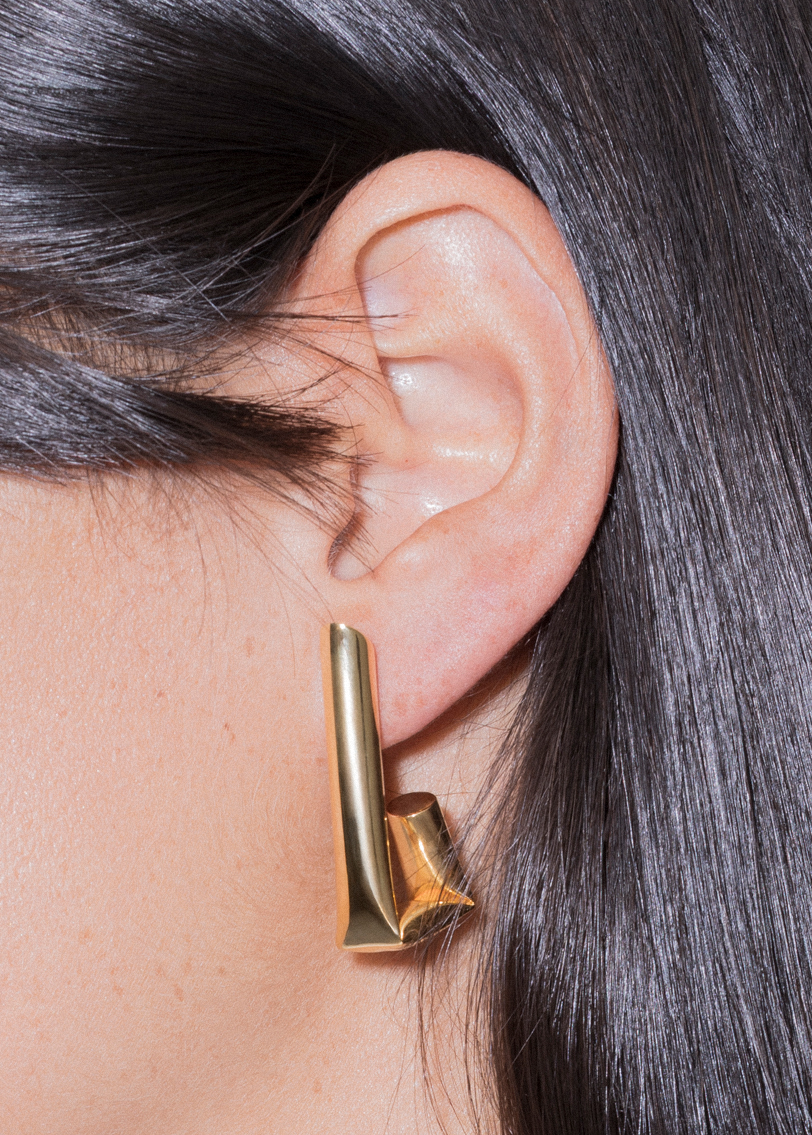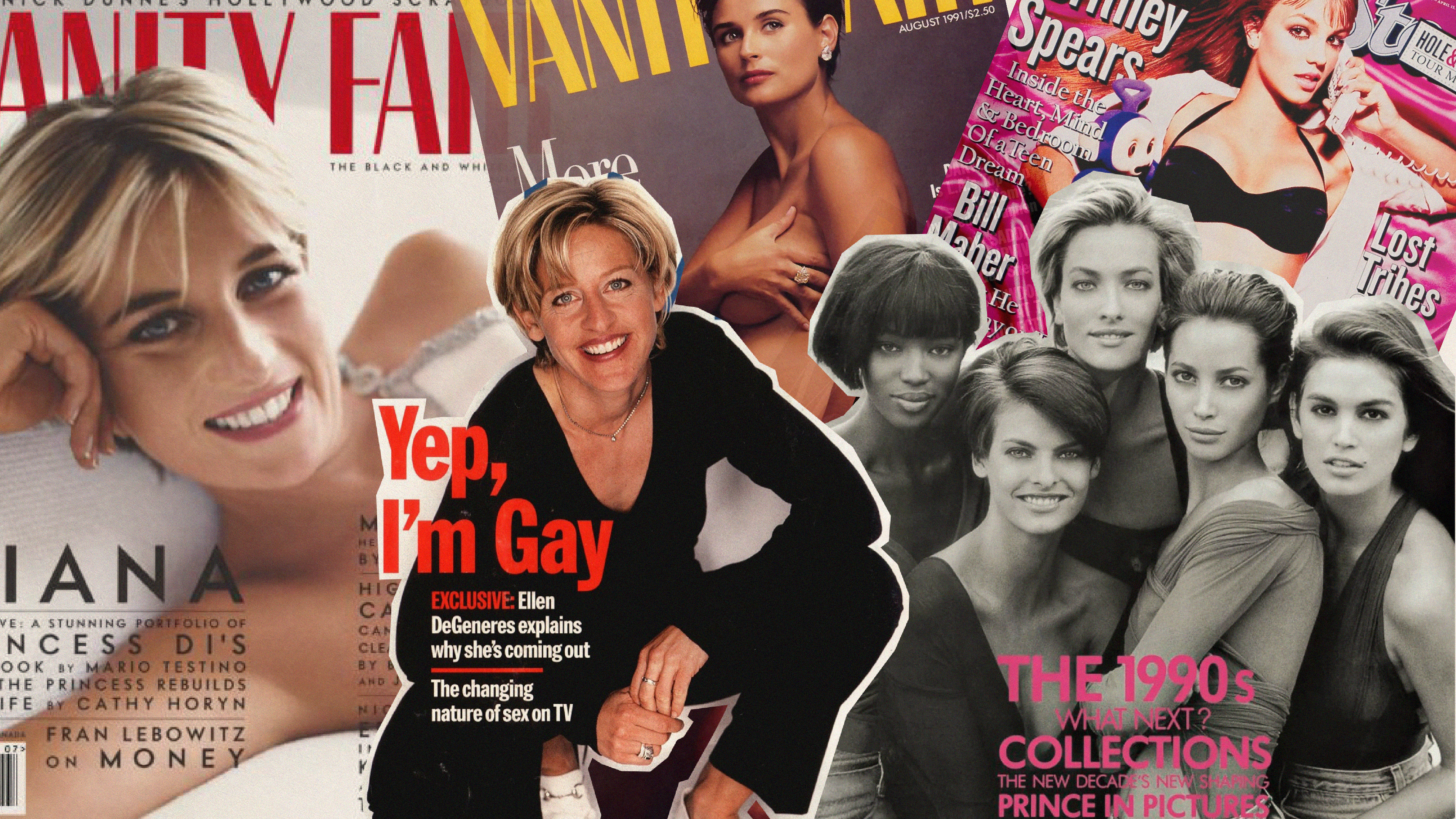VANITY FAIR (1991, DEMI MOORE)

this 1991 cover, shot by renowned photographer annie leibovitz, featured a very pregnant demi moore posing nude. this was a groundbreaking and controversial image at the time, as it boldly celebrated pregnancy in a way that mainstream media had rarely done before. sparked widespread conversation about pregnancy, body image and empowering women. and made a significant cultural statement by challenging social norms and taboos surrounding the portrayal of pregnant women. demi moore was at the height of her career when this cover was published, which added to its impact. her willingness to pose in such an intimate and vulnerable manner further captured the public's interest and added a layer of boldness and authenticity to her public persona. the fact that it was annie leibovitz's skillful photography and artistic vision played a crucial role in the cover's success. the image is often praised for its elegance and the way she tastefully balanced the rawness of moore's nudity with the beauty of her pregnancy. however, it was also criticized for being too provocative or inappropriate.
this wide range of responses helped cement the cover's place in pop culture history, as it continued to be discussed and referenced in the years following its release.
VOGUE (1990, SUPERMODELS)

one of the most iconic covers of vogue is the January 1990 cover by peter lindbergh. five of the most prominent models of the era were featured on this cover: naomi campbell, linda evangelista, tatjana patitz, christy turlington, and cindy crawford. this image has been cited as the birth of the 'supermodel' era in fashion.
by emphasizing the authenticity and unique personalities of the models rather than a polished, idealized beauty, lindbergh's approach to this cover set a new standard in fashion photography. it inspired a shift toward a more natural and candid style in the decades that followed, and had a lasting impact on fashion photography.
VANITY FAIR (1997, PRINCESS DIANA)

the july 1997 issue of vanity vair featuring princess diana is one of the magazine's most iconic covers. photographed by mario testino, this cover was one of her last official photo shoots before her tragic death in august 1997. the photos showed diana in a joyful and relaxed manner, capturing her in a state of newfound independence and happiness following her divorce from prince charles. the accompanying feature article highlighted her efforts to redefine her life after the divorce, focusing on her humanitarian work and her desire for a more private life. at the time of the shoot, she was involved in auctioning off many of her iconic gowns to raise money for charity, symbolizing a break from her past and a step toward a new beginning.
this issue of vanity fair is remembered not only for its poignant timing, but also for its candid and intimate portrayal of diana, which stood in stark contrast to the often sensationalized media coverage she had endured.
ROLLING STONE (1999, BRITNEY SPEARS)

the april 1999 cover of rolling stone magazine featured britney spears for the first time. britney spears was only 17 years old at the time and was photographed in a provocative manner, wearing lingerie and posing on a bed surrounded by dolls and a phone. the imagery was highly sexualized, which many critics argued was inappropriate given her age. the cover was shot by renowned photographer david lachapelle, and while it was intended to present britney in a sexy, mature light, it sparked significant backlash for the overt sexualization of a minor.
in addition, britney later revealed that she felt manipulated during the shoot, stating that she was too young to fully understand the implications of the photos and felt "tricked" by the photographer. this sense of exploitation added another layer to the controversy, highlighting issues of consent and the objectification of young female celebrities.
TIME MAGAZINE (1997, ELLEN DEGENERES)

the april 14, 1997 cover of time magazine, featuring ellen degeneres and headlined "yep, I'm gay," marked ellen's public coming out as a lesbian, making her one of the first major celebrities to do so at the time. this announcement was timed to coincide with the coming out of her character on her television show, ellen, in the now famous "the puppy episode".
for degeneres, who felt it was necessary to live authentically despite the risks, the decision to come out was both personal and professional. the reaction was mixed: while it was a groundbreaking moment for LGBTQ+ visibility and received a great deal of support from the LGBTQ+ community and its allies, it also led to a significant amount of backlash. Some advertisers pulled their support from her show and degeneres faced a period of professional hardship, including the cancellation of her show after its fifth season due to declining ratings and being deemed "too gay" by some critics.
despite the initial negative backlash, this courageous act had a significant impact on LGBTQ+ representation in the media and paved the way for more inclusive programming.
cláudia cavaleiro the editor in chief for CINCO editorial. born in '82 in coimbra, she is graduated in philosophy from the university of coimbra. passionate about books and podcasts in a geek kind of way, she always find something interesting to research. loves to bring awareness to social problems and loves working at CINCO!
we independently evaluate all recommended products and services. if you click on links we provide, we may receive compensation.
